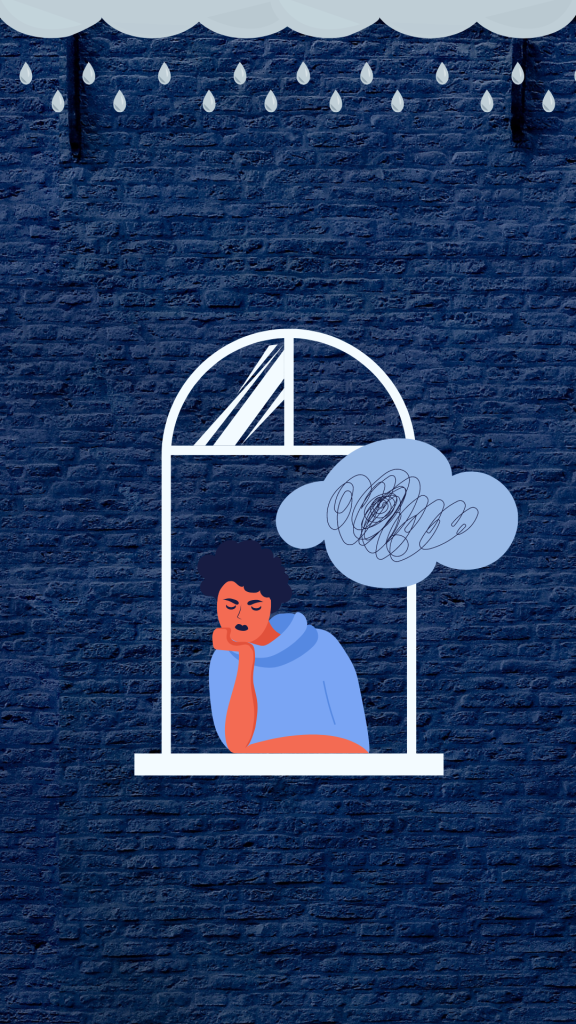Seasonal depression, also known as Seasonal Affective Disorder (SAD), is a type of depression that typically occurs during the fall and winter months. It’s estimated that around 5% of the U.S. population experiences SAD, with symptoms including fatigue, low mood, and difficulty concentrating. Fortunately, there are several ways to cope with seasonal depression and improve your mood during the darker months of the year.
Get plenty of natural light
One of the main triggers of seasonal depression is a lack of natural light. During the winter months, the days are shorter, and there is less sunlight overall. This can disrupt our circadian rhythm and lead to feelings of lethargy and low mood. One way to combat this is to make sure you get plenty of natural light throughout the day.
If you can, try to spend some time outdoors during daylight hours. Go for a walk, sit on a bench, or do some gardening. Even just a few minutes outside can make a big difference. If it’s too cold or dark to spend time outside, consider investing in a light therapy box. These devices emit bright light that mimics natural sunlight, and can be very effective at improving mood and reducing symptoms of SAD.
Stay active
Regular exercise is one of the most effective ways to improve mood and reduce symptoms of depression, including seasonal depression. Exercise releases endorphins, which are natural feel-good chemicals that can help combat low mood and fatigue.
If you’re struggling with seasonal depression, try to incorporate some physical activity into your daily routine. This could be anything from going for a run or bike ride to taking a yoga class or going for a swim. Aim to get at least 30 minutes of moderate exercise most days of the week.
Connect with others
Social isolation is a common issue for people with seasonal depression. It’s easy to feel like withdrawing from social activities and staying inside, but this can actually make symptoms worse. Connecting with others can help combat feelings of loneliness and improve mood.
If you’re feeling isolated, try to reach out to friends and family members. Schedule a regular phone call or video chat, or make plans to meet up in person. If you’re feeling up to it, consider joining a social group or taking a class. This can be a great way to meet new people and stay engaged with the world around you.
Practice self-care
Self-care is an essential part of managing seasonal depression. Taking care of yourself can help reduce stress and improve mood. This can be anything from taking a warm bath or reading a book to getting a massage or practicing meditation.
Make a list of self-care activities that you enjoy and try to incorporate them into your routine on a regular basis. This could be something as simple as taking a few minutes to stretch or listen to calming music in the morning.
Eat a healthy diet
Eating a healthy diet is important for overall health and well-being, and can also help reduce symptoms of seasonal depression. Aim to eat a balanced diet that includes plenty of fruits and vegetables, lean protein, and whole grains.
Certain foods may be particularly beneficial for people with seasonal depression. For example, foods that are high in omega-3 fatty acids, such as salmon and walnuts, may help reduce inflammation in the brain and improve mood. Similarly, foods that are high in vitamin D, such as fortified milk and eggs, may help combat the effects of reduced sunlight during the winter months.
Seek professional help
If you’re struggling with seasonal depression, don’t hesitate to seek professional help. There are several treatment options available, including talk therapy and medication. A mental health professional can work with you to develop a personalized treatment plan that addresses your specific needs.






